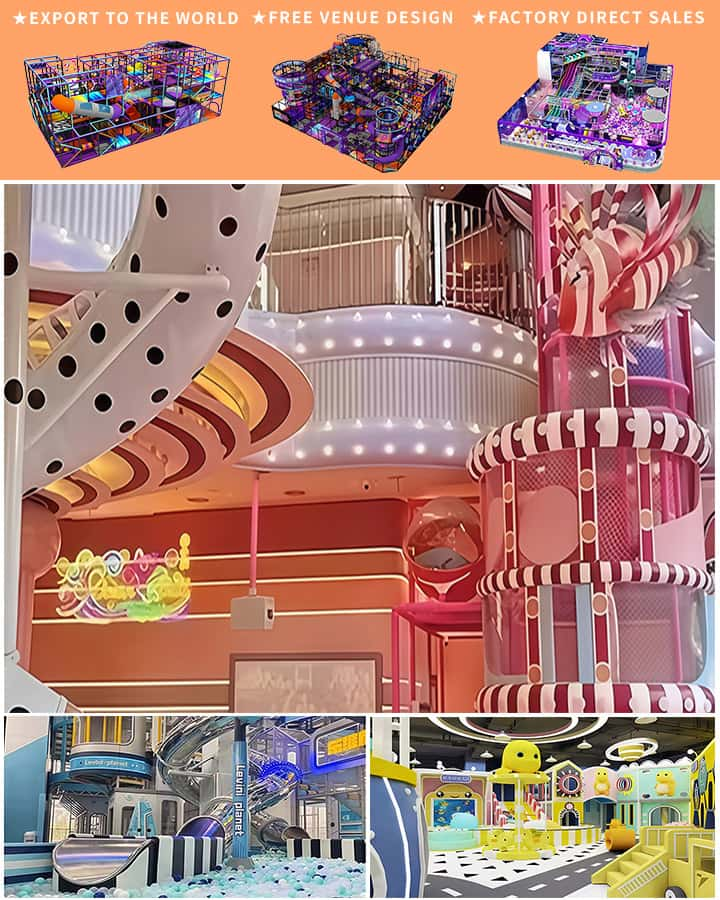The early years of childhood are crucial for a child’s physical, cognitive, and social development. One of the most effective ways to promote growth in these areas is through engaging outside playground equipment designed specifically for preschoolers. These play structures not only provide a fun environment but also offer numerous benefits that contribute significantly to a child’s overall well-being.
Physical Development
Outdoor playgrounds equipped with climbing frames, slides, seesaws, and swings serve as excellent tools for enhancing a preschooler’s motor skills. Activities like climbing help improve coordination and strength while balancing on see-saws or swings enhances muscle tone and stability. The varied movements required during play stimulate gross motor development, laying a solid foundation for future physical activities and sports.
Moreover, outdoor play encourages children to be active, which is essential in an age where sedentary lifestyles can become the norm too quickly. Regular physical activity helps combat childhood obesity and fosters healthy habits that can last a lifetime.
Cognitive Growth

Playground equipment is not just about physical activity; it also stimulates cognitive development. Preschoolers encounter different shapes, textures, and sizes of equipment, which engage their senses and spark curiosity. Problem-solving skills are honed as children navigate how to climb higher, figure out how a slide works, or coordinate turns on a seesaw.
Interactive elements such as sandboxes or water tables introduce basic scientific concepts like cause and effect. For instance, pouring water from one container to another teaches volume displacement and flow dynamics, fundamental principles in science and engineering. Through these playful experiences, children learn to observe, experiment, and understand their surroundings better.
Social Interaction
One of the most valuable aspects of outside playground equipment is its ability to bring children together. Shared spaces foster interaction, cooperation, and the development of social skills. Group activities teach preschoolers how to share, take turns, and resolve conflicts amicably—skills essential for forming healthy relationships later in life.
Playgrounds often serve as informal classrooms where children learn to communicate, negotiate, and empathize with peers. This social interaction is vital for emotional development and provides opportunities for guided learning outside the structured environment of a classroom.
Safety Considerations
While the benefits of outdoor playground equipment are extensive, safety remains a paramount concern. Modern playgrounds are designed with safety standards in mind, featuring soft surfacing materials like rubber mats or wood chips to cushion falls, rounded edges to prevent injuries, and age-appropriate equipment to ensure that the challenges presented are suitable for young children.
Supervision is equally important; caregivers and educators should monitor playtime to prevent accidents and intervene if necessary. Properly maintained and safely managed playgrounds provide an environment where children can explore freely without undue risk.
Conclusion
Investing in high-quality outside playground equipment for preschoolers is more than just providing a place to have fun. It is an investment in the holistic development of young children, offering them a balanced approach to growth that encompasses physical fitness, cognitive stimulation, and social interaction. By creating safe and enriching outdoor play environments, we can lay the groundwork for healthier, smarter, and emotionally resilient future generations.




